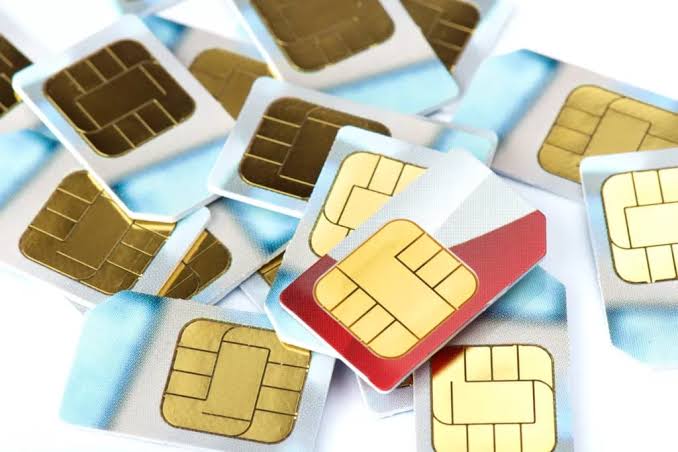In the vast and ever-evolving realm of wireless communication, the diminutive Subscriber Identity Module (SIM) card emerges as a technological linchpin, quietly orchestrating the symphony of connectivity that defines our modern world. Despite its unassuming appearance, this tiny card serves as the unsung hero, enabling seamless communication between devices and facilitating the intricate dance of information exchange. This article delves into the multifaceted value of SIM cards in wireless communication, exploring their foundational functions, evolutionary journey, and the indispensable role they play in shaping our interconnected reality.
Table of Contents
The Foundation of Connectivity: Beyond the Surface
At its essence, the SIM card operates as the bedrock of connectivity. This small, portable card, when inserted into a mobile device, serves as the gateway to a specific mobile network. It contains vital information, including a unique subscriber identity and authentication key. These components not only let mobile devices introduce themselves to the network but also verify the user’s identity, keeping unauthorized access at bay. In doing so, SIM cards form an integral layer of security that safeguards sensitive user information and communication logs, a critical aspect in the age of escalating cyber threats. Also, accessing the web from SIM data is far safer than using public Wi-Fi.
Evolutionary Leap: From Traditional SIMs to eSIMs
The journey of SIM cards mirrors the rapid evolution of technology. From the conventional physical SIM card to the advent of the eSIM (embedded SIM), these unassuming chips have undergone transformational changes to keep pace with modern communication demands. The eSIM, a marvel of miniaturization, eliminates the need for a physical card and enables remote provisioning. This revolutionary leap not only enhances user convenience but also opens new frontiers for global connectivity, marking a paradigm shift in the world of SIM technology.
Seamless Roaming and Global Connectivity: A Technological Tapestry
SIM cards contribute significantly to the concept of global connectivity, offering users the ability to swap out their cards for local ones when traveling. This not only ensures affordable communication abroad but also exemplifies the adaptability of SIM technology. The advent of eSIM further amplifies this flexibility, allowing for remote network provisioning and seamless switching between networks. If you find yourself in some foreign country like Bali, running from one Wi-Fi to another can only ruin your vacation. In these circumstances, finding a marketing slogan like Your Gateway to Seamless Communication: SimCorner’s Bali SIM Card, can go a long way in solving your problems. This capability is a testament to the intricate tapestry that SIM cards weave, connecting users across borders and time zones.
Enabling IoT and M2M Communication: Unseen Architects of Connectivity
Beyond the realm of smartphones, SIM cards play a pivotal role in the facilitation of communication between machines, a cornerstone of the Internet of Things (IoT) and Machine-to-Machine (M2M) communication. These unassuming chips provide a secure and standardized means for devices to communicate and exchange data. From smart homes to industrial applications, SIM cards emerge as the invisible architects, enabling a harmonious exchange of information in the interconnected future that lies ahead.
Enhancing User Experience: Personalization and Beyond
Beyond the technical intricacies, SIM cards contribute to a seamless and personalized user experience. They serve as custodians of essential information, from contacts to text messages, ensuring that users can effortlessly switch devices without losing vital data. Moreover, SIM cards facilitate the implementation of value-added services such as mobile banking, mobile payments, and two-factor authentication, enriching the overall mobile experience and positioning themselves as enablers of a technologically enriched lifestyle.
Conclusion: Charting the Course Ahead
In conclusion, the value of SIM cards in wireless communication transcends their physical dimensions. These unassuming chips are the backbone of connectivity, ensuring secure and reliable communication between devices. As technological landscapes continue to evolve, so do SIM cards, adapting and reshaping themselves to meet the demands of a connected world. From enabling global communication to nurturing the growth of IoT and M2M applications, SIM cards stand poised at the intersection of innovation and connectivity. As we gaze toward the future, it is evident that these unassuming cards will persist in playing a pivotal role, shaping the trajectory of how we connect and communicate in the unfolding chapters of the digital age.

